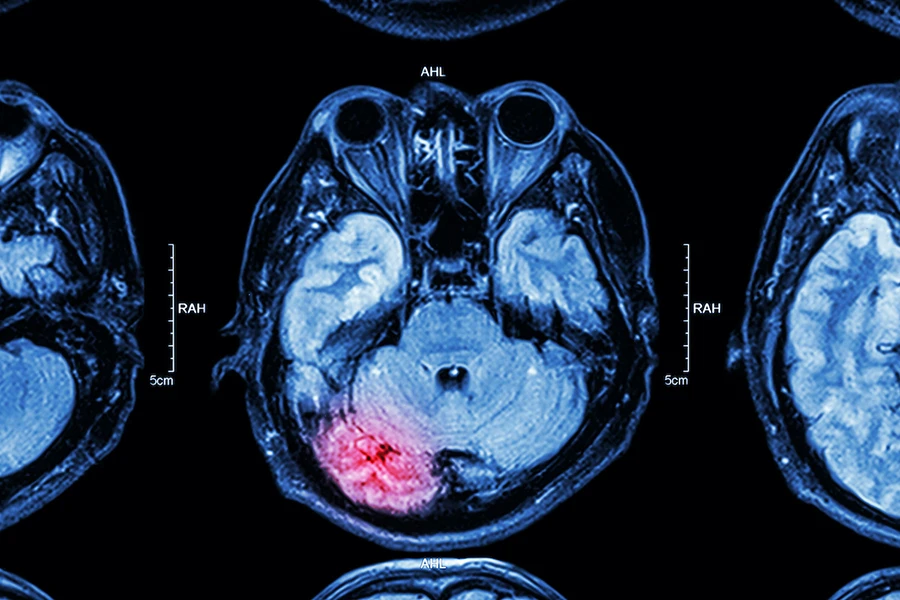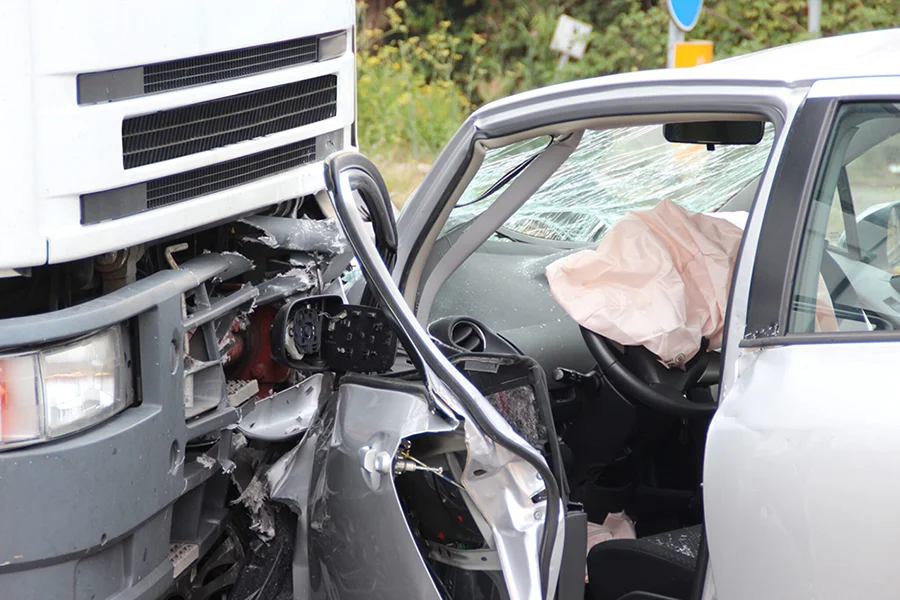
Traumatic Brain Injury (TBI)
Traumatic brain injuries, also known as TBIs, are the result of serious head trauma and can result in severe symptoms ranging from cognitive and motor deficits to death. In this blog, we will look at how TBIs can occur, the symptoms and personal injuries related to TBIs, and the types of TBIs that can occur. TBIs are one of the most common causes of disability and death in adults and they can occur easily with trauma, so it is important to protect yourself, remain vigilant when performing certain activities, and know the symptoms of TBIs in case you suspect you or a loved one has a TBI.
How Do TBIs Happen?
Traumatic brain injuries can occur following nearly any trauma that involves the head. There are two main types of brain injuries – closed brain injury, meaning there is no penetration of a foreign object into the brain and no breaking of the skull, and a penetrating injury, meaning there is a break in the skull and the brain has been affected.
Closed brain injuries are mostly associated with car accidents, sports injuries, slip and falls, and explosions, though penetrating injuries can occur from these as well. When the brain experiences trauma and the brain shifts violently against the skull or a foreign object cuts into brain matter, symptoms will show relatively quickly. Because the brain is responsible for nearly every bodily function, many systems will begin to fail following trauma. This can result in symptoms of TBI such as:
- confusion
- memory problems
- loss of sense of time and space
- paralysis
- tremors
- change in sensation of body parts
- difficulty speaking or understanding speech
- dizziness
- loss of bowel and bladder control
- irritability
- traumatic epilepsy
- coma.
This long list of symptoms just scratches the surface of all potential symptoms, but it hits on all major points – cognitive systems, motor systems, perceptual and sensory systems, communication and language systems, regulatory systems, functional systems, and personality systems are all affected following a TBI. The specifics of what symptoms will be present and to what severity following a TBI often depends on what type of brain injury was suffered and how severe it was.
What Are the Different Types of TBIs?
Most TBIs are mild concussions, meaning the brain, following trauma, hits the skull and is injured. Following this, the affected person can experience unconsciousness, headache, and problems with attention and memory. Injuries like these often plague athletes, with collisions between players and players being hit in the head by balls causing trauma to the brain, but it commonly occurs following car accidents as well, with the deceleration post-impact causing the brain to continue moving after the head hits the airbag. In some cases, brain contusions, or bruising, can occur and can lead to bleeding events like a subdural or epidural hematoma. These bleeding events increase the severity of symptoms as more areas of the brain, and sometimes the spine, are affected.
Other events where bleeding is likely to occur are penetrating injuries which, as noted above, are when foreign objects penetrate the skull and into the brain matter. These types of injuries are noted to be some of the most severe, and cause immediate and permanent damage to the brain, with most patients seeing little to no improvement in symptoms. These types of TBIs are most likely to lead to coma and death because the brain’s cells, once destroyed or damaged, do not regenerate. While other areas of the brain can make up for the injured tissue by outsourcing functions, penetrating injuries are so severe that it can sometimes be impossible for the brain to make these decisions.
While TBIs are mostly related to blunt-force traumas, anoxic brain injuries are also considered TBIs. Anoxia, or lack of oxygen for four minutes or longer, will injure the brain and the severity of this injury relate to the length of time without oxygen. After five minutes of no oxygen, brain cells are permanently damaged and permanent anoxic brain injury can occur. Common causes are respiratory arrest, drowning, heart attack, carbon monoxide inhalation and poisoning, choking, and suffocation. Most often, an anoxic brain injury will result in a coma.
Severity Levels of TBIs
When physicians make their diagnosis of a TBI, they will rate it in severity based on how long the patient has been unconscious and whether the injury shows CT or MRI changes.
- For mild TBIs and concussions, there is a loss of consciousness for less than 30 minutes.
- For moderate TBIs, there is a loss of consciousness for over 30 minutes but less than one day.
- For severe TBIs, there is a loss of consciousness for over one full day and there are typically changes on head CTs or brain MRIs.
When the head CT and/or brain MRI is normal, regardless of severity grade, these are categorized as ‘uncomplicated’. When there is a change in head CT and/or brain MRI, usually due to bleeding, these are categorized as ‘complicated’.
Lastly, physicians consider primary and secondary brain injuries – the primary being the sudden and immediate onset of symptoms related to the initial injury, and the second, being the changes that evolve in the hours and days following the initial injury. Because the brain is a living organ, the nerves, tissue, blood vessels, and individual cells experience trauma at different stages, and it takes time for the full extent of injuries to show.
To show the juxtaposition, if someone hits their shin on a table, there will be immediate pain and swelling. In the following hours and days, a bruise will appear, and the pain will begin to dissipate. When the brain is injured, the same process of swelling occurs, but, different from the shin, bruising of the brain following the trauma will bring new symptoms and can change the course of treatment.
Can TBIs Be Prevented?
Yes, many TBIs are preventable. By wearing helmets when riding on small vehicles, bikes, and scooters, during sports, and while performing dangerous activities, ensuring all rules and laws are followed while driving or operating vehicles and having situational awareness, TBIs can be avoided. While there is room for chance, the potential for falling victim to TBI is greatly reduced. Following relevant rules, and laws, and wearing protective equipment also reduces the potential for comparative fault findings by a jury at trial if still injured following an accident. For further information about comparative fault related to the law, please read our article on comparative fault versus contributory negligence.
Contact Simon Law Firm For Legal Options
If you or a loved one have experienced a traumatic brain injury due to someone’s negligence, contact the St. Louis injury case attorneys at The Simon Law Firm, P.C. today for a free, confidential consultation. Our experienced team of lawyers is ready to hear your story and work on your side in your journey for justice.


